Blog
Centaurus A (also known as NGC 5128 or Caldwell 77) is a galaxy in the constellation of Centaurus. It was discovered in 1826 by Scottish astronomer James Dunlop from his home in Parramatta, in New South Wales, Australia. There is considerable debate in the literature regarding the galaxy’s fundamental properties such as its Hubble type (lenticular galaxy or a giant elliptical galaxy) and distance (11–13 million light-years).NGC 5128 is one of the closest radio galaxies to Earth, so its active galactic nucleus has been extensively studied by professional astronomers. The galaxy is also the fifth-brightest in the sky, making it an ideal amateur astronomy target. It is only visible from the southern hemisphere and low northern latitudes.
The center of the galaxy contains a supermassive black hole with a mass of 55 million solar masses, which ejects a relativistic jet that is responsible for emissions in the X-ray and radiowavelengths. By taking radio observations of the jet separated by a decade, astronomers have determined that the inner parts of the jet are moving at about half of the speed of light. X-rays are produced farther out as the jet collides with surrounding gases, resulting in the creation of highly energetic particles. The X-ray jets of Centaurus A are thousands of light-years long, while the radio jets are over a million light-years long.
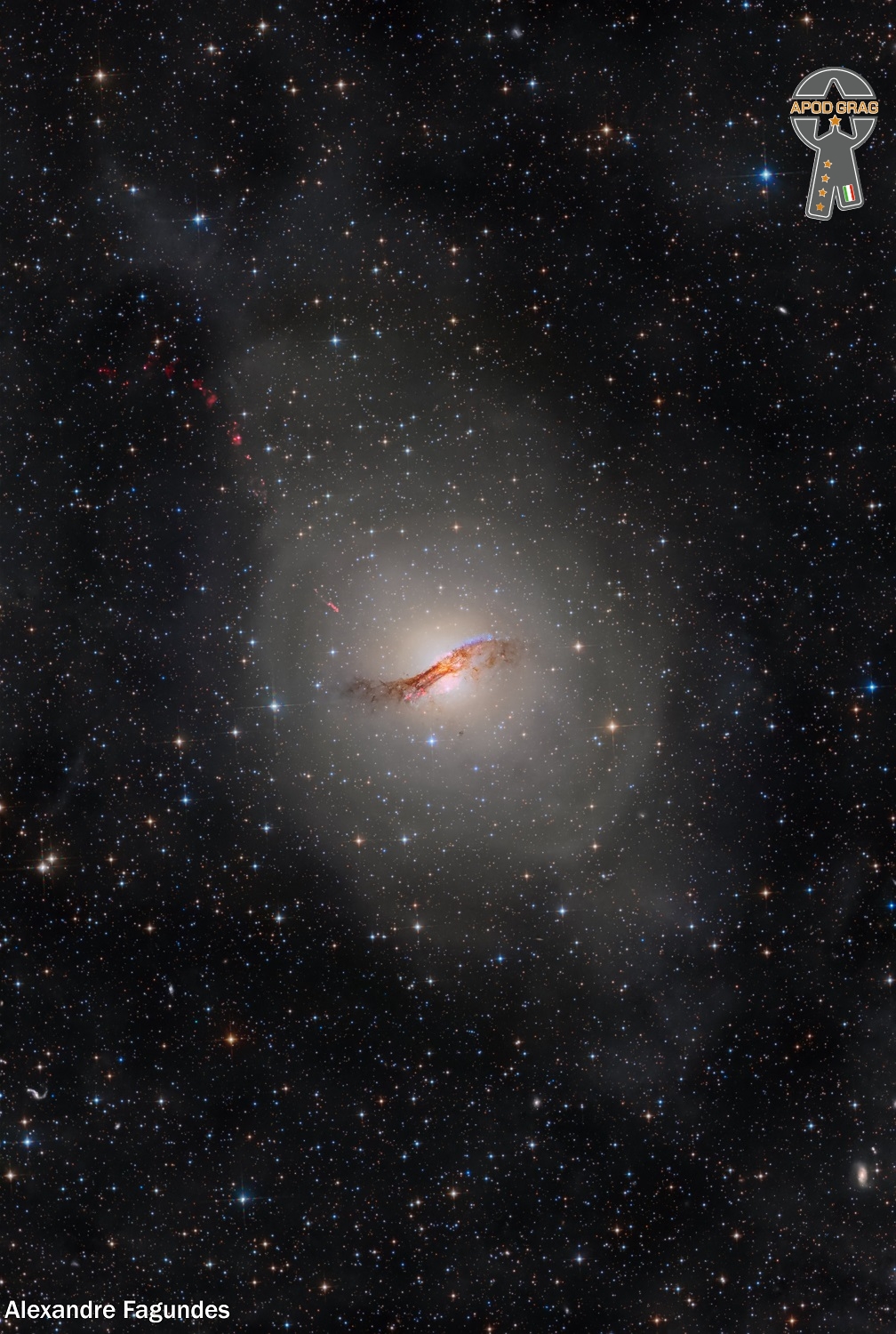
more...
Charles Walter Rainey III (born June 17, 1940) is an American bass guitarist who has performed and recorded with many well-known acts, including Aretha Franklin, Steely Dan, and Quincy Jones. Rainey is credited for playing bass on more than 1,000 albums, and is one of the most recorded bass players in the history of recorded music.
Rainey was born in Cleveland, Ohio on June 17, 1940, and grew up in Youngstown. His parents were both amateur pianists. He learned viola, piano, and trumpet as a child and majored in brass instruments in college. He attended Lane College in Jackson, Tennessee. Rainey began playing bass guitar in the military.
After leaving the military, Rainey joined a local band. His first big professional gig was playing with Big Jay McNeely. He then joined up with Sil Austin to tour Canada and New York. In 1962, Rainey joined King Curtis and his All-Star band; in 1965, they opened for The Beatles’ 1965 US tour. He joined Quincy Jones‘s big band in 1972. By the 1970s he had played with Jerome Richardson, Grady Tate, Mose Allison, Gato Barbieri, Gene Ammons, as well as with Eddie Vinson at the 1971 Montreux Festival, and on five albums of Steely Dan.
more...
Tony Scott (born Anthony Joseph Sciacca June 17, 1921 – March 28, 2007) was an American jazz clarinetist and arranger with an interest in folk music around the world. For most of his career he was held in high esteem in new-age music circles because of his involvement in music linked to Asian cultures and to meditation.
Born in Morristown, New Jersey, United States, Scott attended Juilliard School from 1940 to 1942. In the 1950s he worked with Sarah Vaughan and Billie Holiday. He also had a young Bill Evans and Paul Motianas side-men on several albums released between 1957 and 1959. In the late 1950s, he won on four occasions the DownBeat critics poll for clarinetist in 1955, 1957, 1958 and 1959. He was known for a more “cool” style on the instrument than his peer Buddy DeFranco who often played a more aggressive bebop style.
more...Igor Fyodorovich Stravinsky (17 June [O.S. 5 June] 1882 – 6 April 1971) was a Russian composer and conductor with citizenship in France (from 1934) and the United States (from 1945). He is widely considered one of the most important and influential composers of the 20th century and a pivotal figure in modernist music.
Stravinsky’s father was an established bass opera singer, and Stravinsky grew up taking piano and music theory lessons. While studying law at the University of Saint Petersburg, he met Nikolai Rimsky-Korsakovand studied under him until Rimsky-Korsakov’s death in 1908. Stravinsky met the impresario Sergei Diaghilev soon after, who commissioned Stravinsky to write three ballets: The Firebird (1910), Petrushka(1911), and The Rite of Spring (1913), the last of which brought him international fame after the near-riot at the premiere, and changed the way composers understood rhythmic structure.
Stravinsky’s compositional career is divided into three periods: his Russian period (1913–1920), his neoclassical period (1920–1951), and his serial period (1954–1968). Stravinsky’s Russian period was characterised by influence from Russian styles and folklore. Renard (1916) and Les noces (1923) were based on Russian folk poetry, and works like L’Histoire du soldat blended these folktales with popular musical structures, like the tango, waltz, rag, and chorale. His neoclassical period exhibited themes and techniques from the classical period, like the use of the sonata form in his Octet (1923) and use of Greek mythologicalthemes in works like Apollon musagète (1927), Oedipus rex (1927), and Persephone (1935). In his serial period, Stravinsky turned towards compositional techniques from the Second Viennese School like Arnold Schoenberg‘s twelve-tone technique. In Memoriam Dylan Thomas (1954) was the first of his compositions to be fully based on the technique, and Canticum Sacrum (1956) was his first to be based on a tone row. Stravinsky’s last major work was the Requiem Canticles (1966), which was performed at his funeral.
In the later parts of his life, Stravinsky conducted around the world, and was known for his polite, courteous, and helpful manner. Some composers and academics of the time disliked the avant-garde nature of his music, particularly The Rite of Spring, though he may have considered their negative reviews to be part of a scandale. While others found that none of his later works lived up to The Rite of Spring, later writers recognized his importance to the development of modernist music. Stravinsky’s revolutions of rhythm and modernism influenced composers like Aaron Copland, Philip Glass, Béla Bartók, and Pierre Boulez. In 1998, Time magazine named Stravinsky one of the 100 most influential people of the century. Stravinsky died of pulmonary edema on 6 April 1971 in New York City.
more...June 16th 1926
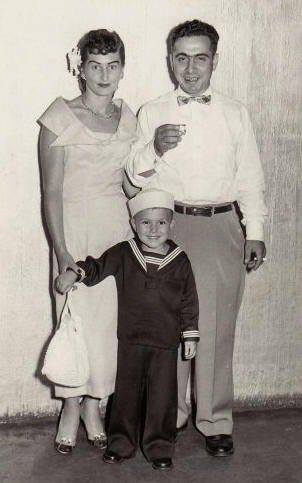
Erev Shabbat Service 6pm Subbing for Tim Okeefe with Cantor Inbal Sharett Singer and musicians Jayson Rodovsky, Jeff Bailey, Pete Whitman and Ernest Bisong.
more...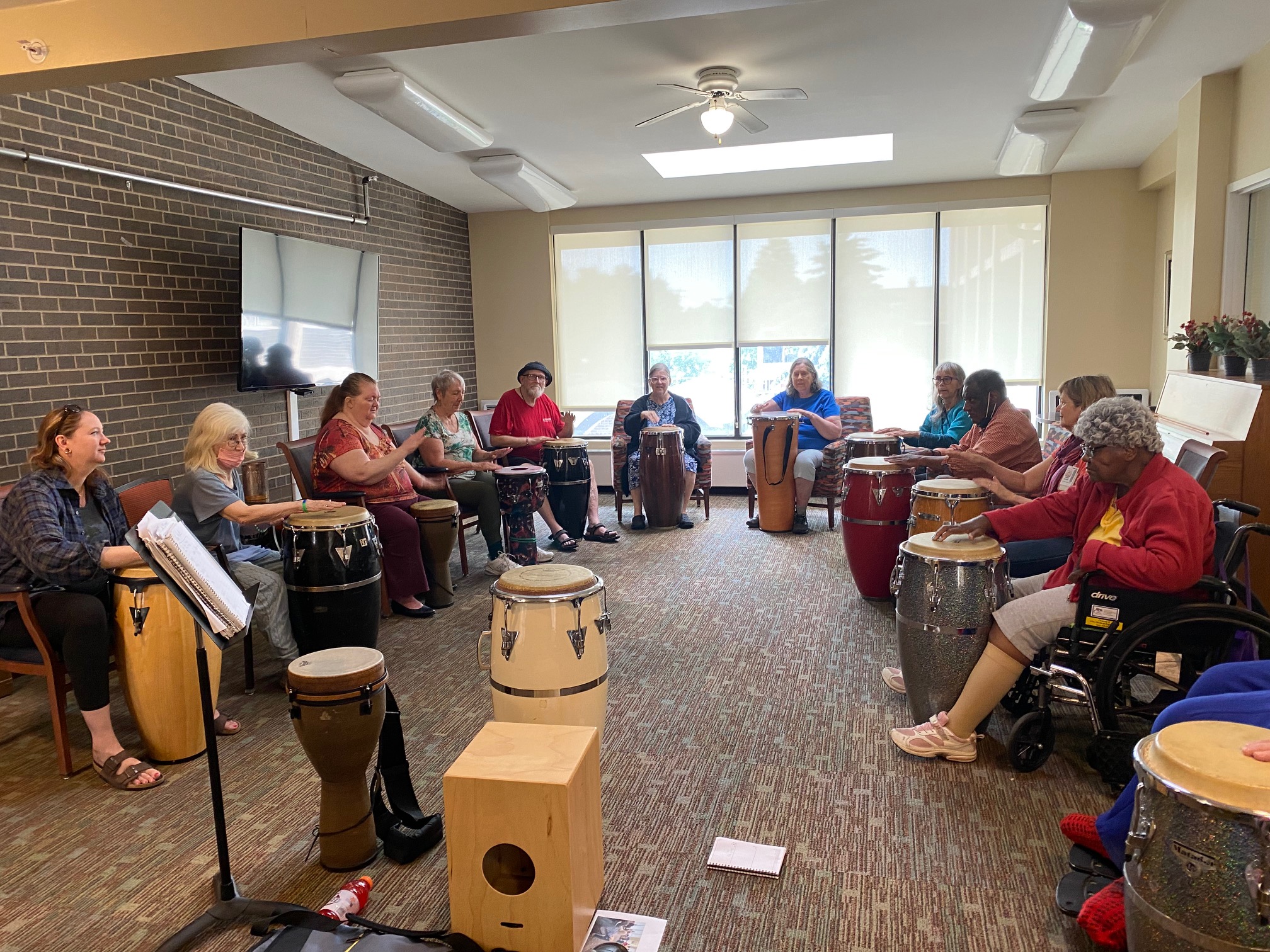
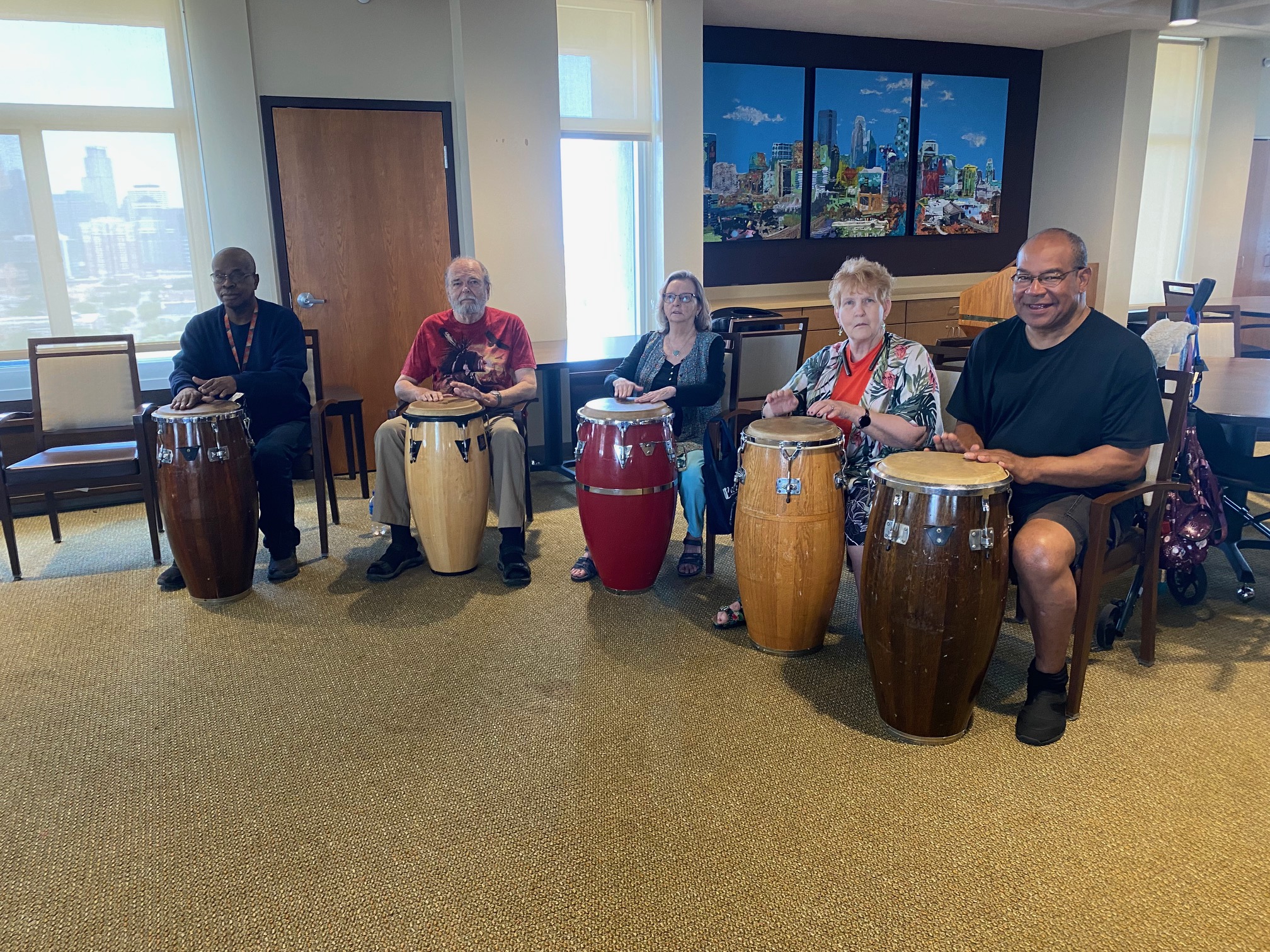
The North America Nebula (NGC 7000 or Caldwell 20) is an emission nebula in the constellation Cygnus, close to Deneb (the tail of the swan and its brightest star). It is named because its shape resembles North America.
On October 24, 1786, William Herschel observing from Slough, England, noted a “faint milky nebulosity scattered over this space, in some places pretty bright.” The most prominent region was catalogued by his son John Herschel on August 21, 1829. It was listed in the New General Catalogue as NGC 7000, where it is described as a “faint, most extremely large, diffuse nebulosity.”
In 1890, the pioneering German astrophotographer Max Wolf noticed this nebula’s characteristic shape on a long-exposure photograph, and dubbed it the North America Nebula.
In his study of nebulae on the Palomar Sky Survey plates in 1959, American astronomer Stewart Sharplessrealised that the North America Nebula is part of the same interstellar cloud of ionized hydrogen (H II region) as the Pelican Nebula, separated by a dark band of dust, and listed the two nebulae together in his second list of 313 bright nebulae as Sh2-117. American astronomer Beverly T. Lynds catalogued the obscuring dust cloud as L935 in her 1962 compilation of dark nebulae. Dutch radio astronomer Gart Westerhout detected the HII region Sh2-117 as a strong radio emitter, 3° across, and it appears as W80 in his 1958 catalogue of radio sources in the band of the Milky Way
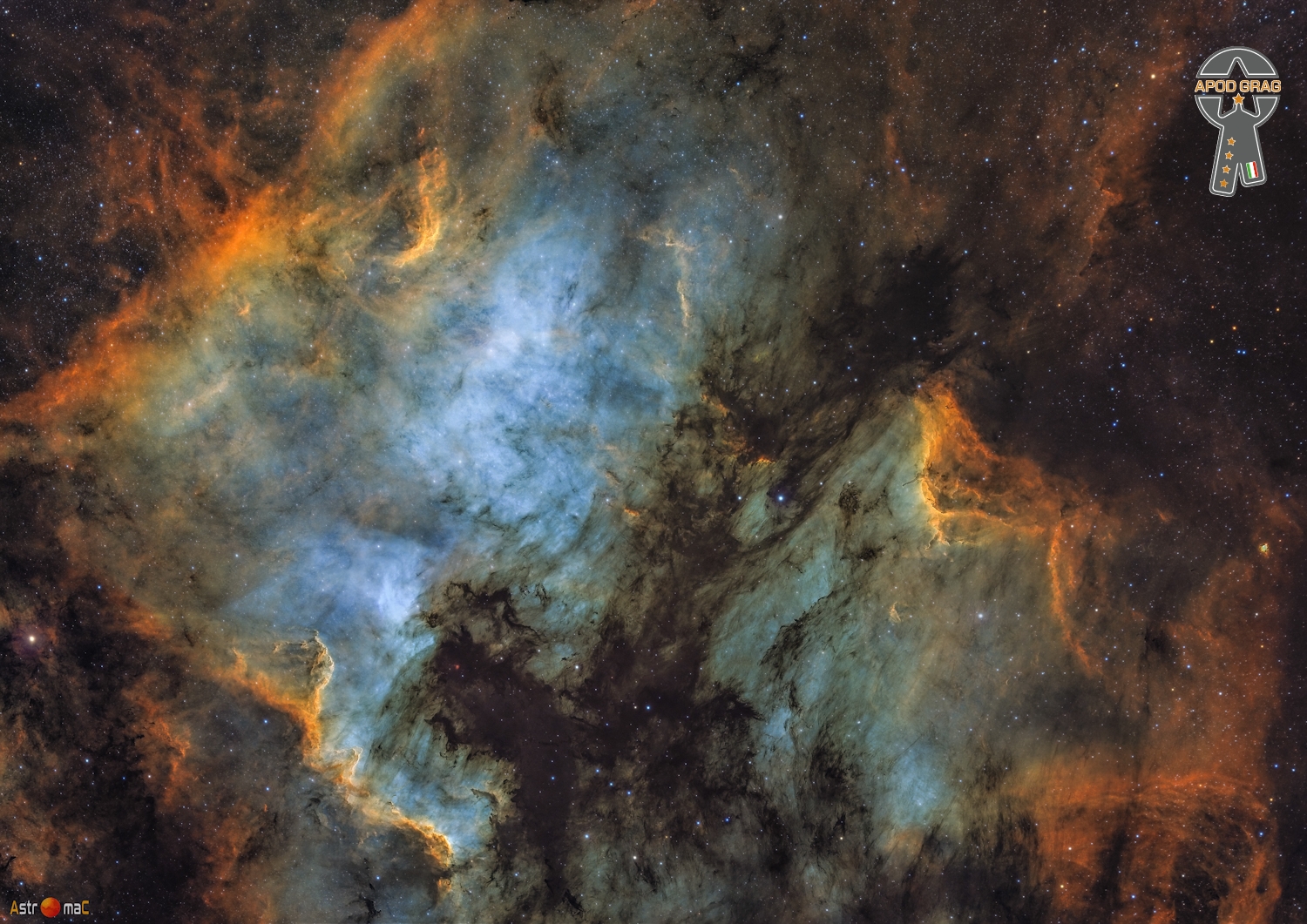
Gregory Hutchinson (born June 16, 1970) is an American jazz drummer.
Hutchinson’s father was a drummer in a reggae band, and he played with his father while growing up. He studied under Marvin “Smitty” Smith and Kenny Washington in the late 1980s, and began his career playing with Red Rodney in 1989–1990.
In the 1990s, he worked with Betty Carter, Roy Hargrove, Stephen Scott, Ray Brown, Eric Reed, Joe Henderson, Marcus Printup, Antonio Hart, Joshua Redman, Greg Gisbert, Frank Wess, Steve Wilson, Andy LaVerne, Johnny Griffin, LaVerne Butler, Peter Bernstein, Claire Martin, Ben Wolfe, Jeremy Davenport, Mark Whitfield, Teodross Avery, Jimmy Smith, Kristin Korb, and Rodney Whitaker.
He is also an artist at Open Studio Jazz.
more...Olufela Olufemi Anikulapo Kuti (born 16 June 1962), popularly known as Femi Kuti, is a Nigerian musician born in London and raised in Lagos. He is the eldest son of Afrobeat pioneer Fela Kuti and a grandchild of political campaigner, women’s rights activist and traditional aristocrat Funmilayo Ransome-Kuti.
Femi Kuti began his musical career playing in his father’s band, Egypt 80. In 1986, Femi started his own band, Positive Force, establishing himself as an artist independent of his father’s legacy.
Femi Anikulapo Kuti was born in London to Fela and Remilekun (Remi) Ransome-Kuti (née Taylor; 1941-2000), and grew up in the former Nigerian capital, Lagos. His mother soon left his father, taking Femi to live with her. In 1977, however, Femi chose to move in with his father. Femi started playing the saxophone at the age of 15 and eventually became a member of his father’s band. He studied at Baptist Academy and Igbobi College.
more...Eli “Lucky” Thompson (June 16, 1924 – July 30, 2005) was an American jazz tenor and soprano saxophonist whose playing combined elements of swing and bebop. Although John Coltrane usually receives the most credit for bringing the soprano saxophone out of obsolescence in the early 1960s, Thompson (along with Steve Lacy) embraced the instrument earlier than Coltrane.
Thompson was born in Columbia, South Carolina, and moved to Detroit, Michigan, during his childhood.Thompson had to raise his siblings after his mother died, and he practiced saxophone fingerings on a broom handle before acquiring his first instrument. He joined Erskine Hawkins‘ band in 1942 upon graduating from high school.
After playing with the swing orchestras of Lionel Hampton, Don Redman, Billy Eckstine (alongside Dizzy Gillespie and Charlie Parker), Lucky Millinder, and Count Basie, he worked in rhythm and blues and then established a career in bebop and hard bop, working with Kenny Clarke, Miles Davis, Gillespie and Milt Jackson.
more...- Introduction (Starting the dance)
- First Letra and Coletilla and 2nd Llamada
- 2nd Letra and Subida
- Silencio
- Castellana
- Escobilla
- Buleria de Cadiz
- Estribillo or TiritiTran
- Ending the piece
more...
The Whirlpool Galaxy, also known as Messier 51a (M51a) or NGC 5194, is an interacting grand-design spiral galaxy with a Seyfert 2 active galactic nucleus. It lies in the constellation Canes Venatici, and was the first galaxy to be classified as a spiral galaxy. It is between 23 and 31 million light-years away and 76,900 ly (23,580 pc) in diameter.
The galaxy and its companion, NGC 5195, are easily observed by amateur astronomers, and the two galaxies may be seen with binoculars. The Whirlpool Galaxy has been extensively observed by professional astronomers, and its pair with NGC 5195 who study it to understand galaxy structure (particularly structure associated with the spiral arms) and galaxy interactions. Its pair with NGC 5194is among the most famous and relatively close interacting systems, and thus is a favorite subject of galaxy interaction models.
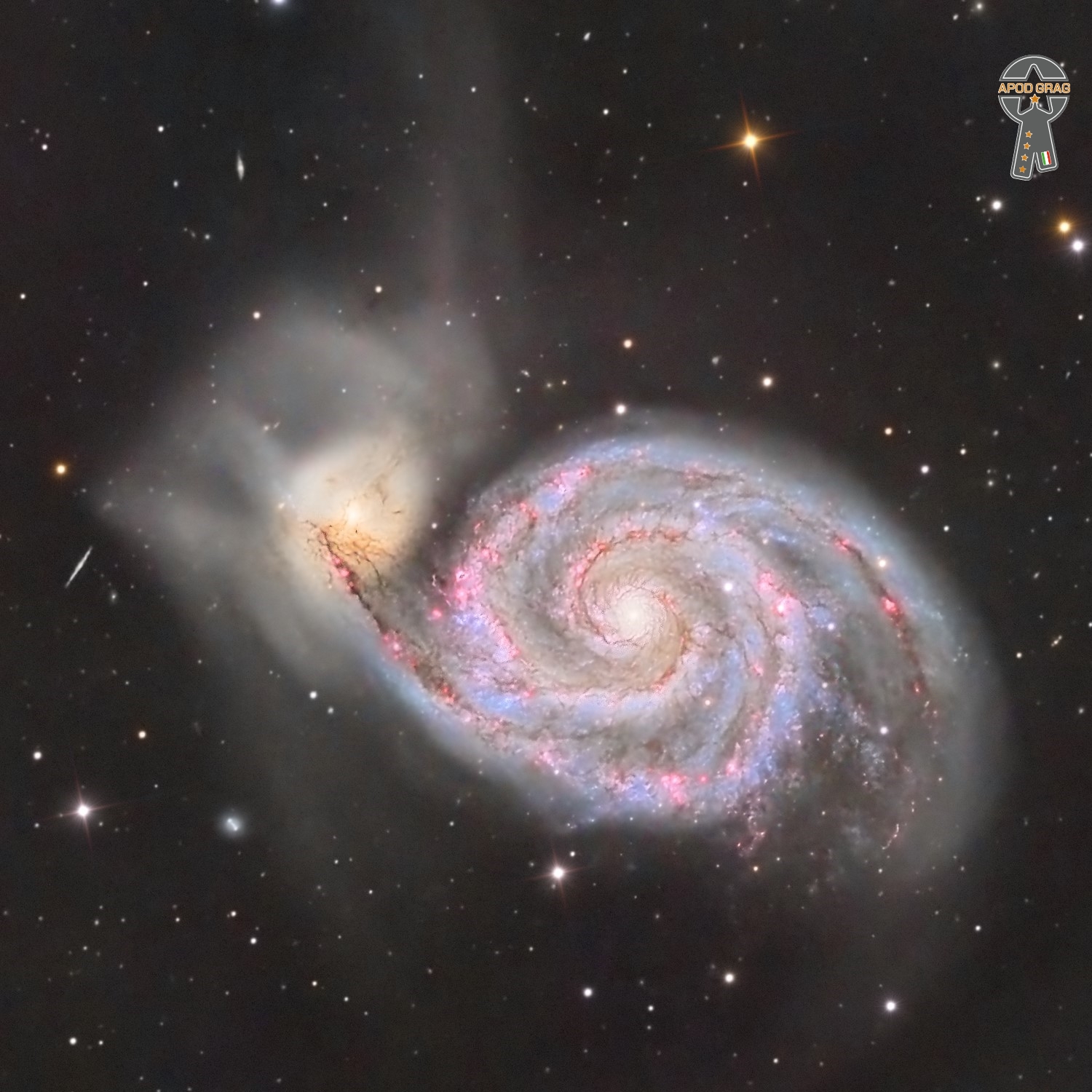
Harry Edward Nilsson III (June 15, 1941 – January 15, 1994), sometimes credited as Nilsson, was an American singer-songwriter who reached the peak of his commercial success in the early 1970s. His work is characterised by pioneering vocal overdub experiments, returns to the Great American Songbook, and fusions of Caribbean sounds. A tenor with a 3+1⁄2 octave range, Nilsson was one of the few major pop-rock recording artists to achieve significant commercial success without ever performing major public concerts or undertaking regular tours.
Born in Brooklyn, Nilsson moved to Los Angeles as a teenager to escape his family’s poor financial situation. While working as a computer programmer at a bank, he grew interested in musical composition and close-harmony singing, and was successful in having some of his songs recorded by various artists such as the Monkees. In 1967, he debuted on RCA Victor with the LP Pandemonium Shadow Show, followed by a variety of releases that included a collaboration with Randy Newman (Nilsson Sings Newman, 1970) and the original children’s story The Point! (1971). He created the first remix album (Aerial Pandemonium Ballet, 1971) and recorded the first mashup song (“You Can’t Do That“, 1967). His most commercially successful album, Nilsson Schmilsson (1971), produced the international top 10 singles “Without You” and “Coconut“. His other top 10 hit, “Everybody’s Talkin’” (1968), was featured prominently in the 1969 film Midnight Cowboy. A version of Nilsson’s “One“, released by Three Dog Night in 1969, also reached the U.S. top 10.
Nillsson was known as a “singer-composer who is heard but not seen”, as he did not do concerts or shows. Prior to agreeing to be featured on an episode of director and producer’s Stanley Dorfman‘s In Concert series for the BBC, Nilsson had appeared only once, for a few moments, on television in Britain and once in America. Nilsson’s record producer, Richard Perry, referenced his lack of live performing in the book ‘The Record Producers’ by BBC Books, saying “He did do the In Concert series on BBC television with Stanley Dorfman, which was very popular at the time. His show was very interesting and innovative with a lot of new technology, multiple images and things like that, but I think any artist, with very few exceptions and none that I can really think of, can immeasurably enhance his career by appearing in front of the public. At some point, the public needs to reach out and touch the artist, experience and feel them in person.
Nilsson also appeared in a television special directed and produced by Stanley Dorfman for the BBC in 1973, entitled A Little Touch Of Schmilsson In The Night, which was filmed live in the BBC TV theatre in Shepherd’s Bush days after Nilsson and Frank Sinatra’s arranger Gordon Jenkins recorded Nilsson’s album by the same name with a live orchestra. With exception to three of his music videos, Nilsson only made five other appearances on film.
During a 1968 press conference, the Beatles were asked what their favourite American group was and answered “Nilsson”. Sometimes called “the American Beatle“, he soon formed close friendships with John Lennon and Ringo Starr. In the 1970s, Nilsson, Lennon and Starr were members of the Hollywood Vampiresdrinking club. They produced one collaborative album, Pussy Cats (1974). After 1977, Nilsson left RCA, and his record output diminished. In response to Lennon’s 1980 murder, he took a hiatus from the music industry to campaign for gun control. For the rest of his life, he recorded only sporadically.
In 1994, Nilsson died of a heart attack while in the midst of recording what became his last album, Losst and Founnd (2019).
The craft of Nilsson’s songs and defiant attitude he projected remain touchstones for later generations of indie rock musicians. Nilsson was voted No. 62 in Rolling Stone‘s 2015 list of the “100 Greatest Songwriters of All Time“, where he was described as “a pioneer of the Los Angeles studio sound” and “a crucial bridge” between 1960s psychedelia and the 1970s singer-songwriter era. The RIAA certified Nilsson Schmilsson and Son of Schmilsson (1972) as gold records, indicating over 500,000 units sold each. He earned two Grammy Awards (for “Everybody’s Talkin'” and “Without You”).
more...Nasheet Waits is an American jazz drummer.
Waits is a New York native who has been active on the jazz scene since early in his life. His father, percussionist Freddie Waits, died when Waits was 18.
Before pursuing a music career, Waits studied psychology and history at Morehouse College in Atlanta. He also holds a degree from Long Island University in music. While he was studying at L.I.U, instructor Michael Carvin secured Waits a spot in the percussion ensemble M’Boom, started by his father (Freddie Waits) and drummer Max Roach in 1970.
more...Joji “George” Kawaguchi (川口譲二) (June 15, 1927, Fukakusa, Kyoto – November 1, 2003, Tokyo) was a Japanese jazz drummer and bandleader. Kawaguchi was raised in Dairen, Manchukuo, at that time a Japanese-occupied territory. He played in his father’s ensemble as a teenager, and after World War II moved back to Japan, where he embarked on a career in jazz. He played first with an ensemble called the Azumanians, then joined the Big Four with Hidehiko Matsumoto, Hachidai Nakamura, and Mitsuru Ono; this ensemble played intermittently into the 1980s. He played extensively with Art Blakeyon tour in the 1980s. He recorded extensively as a leader; his sidemen included Isao Suzuki, Motohiko Hino, Takeshi Inomata, Donald Harrison, Terence Blanchard, Norio Maeda, Tatsuya Takahashi, and Nobuo Hara.
On July 22, 1966, he played with the John Coltrane quintet in Tokyo while the group was touring Japan.
more...More Posts
- World Music Trio Mandili
- Daily Roots Scientist
- Chaplin On Hate
- Cosmos Sh2-115
- Shuggie Otis
- Brownie McGhee
- Johnny Dyani
- Robert Nighthawk
- World Fusion Sharon Isbin & Amjad Ali Khan
- Daily Roots Earl Daley
- Religion/Cult
- Pray
- BLACK FRIDAY-BUY NOTHING DAY
- Temple Israel Erev Shabbat Service
- Cosmos M4
- Felix Cavaliere
- John Mayall
- John Lamb
- Billy Hart
- Billy Strayhorn